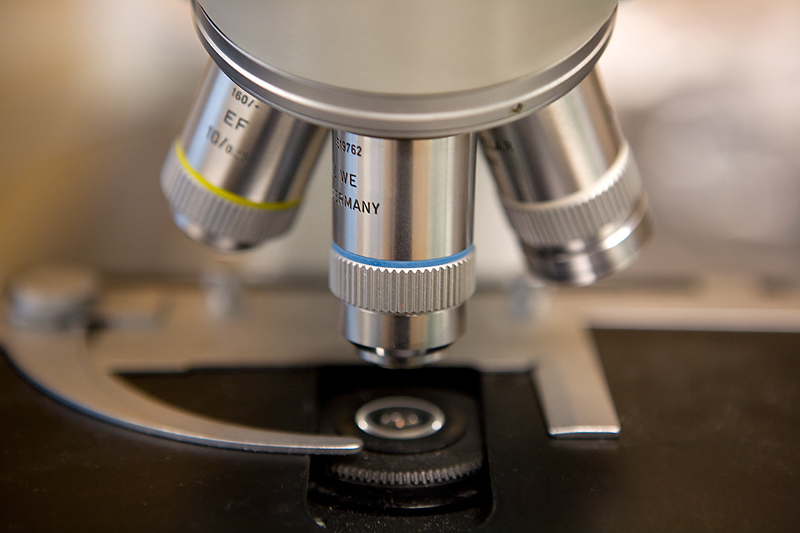
THURSDAY, Oct. 24 (HealthDay News) — No two faces are exactly alike, possibly because of specific genetic factors recently identified by U.S. researchers.
Just like fingertips, faces have their own distinct makeup. And new experiments in mice reveal that gene enhancers are significant players in head and facial (craniofacial) development, according to a study published Oct. 24 in the journal Science.
“Our results suggest it is likely there are thousands of enhancers in the human genome that are somehow involved in craniofacial development,” study leader Axel Visel, a geneticist in the genomics division at the U.S. Department of Energy’s Lawrence Berkeley National Laboratory, said in a lab news release.
These gene enhancers are regulatory sequences of DNA that turn-on or amplify the expression of a specific gene.
“We don’t know yet what all of these enhancers do, but we do know that they are out there and they are important for craniofacial development,” Visel said.
Previous studies have identified some genetic defects that cause craniofacial abnormalities such as cleft lip and palate, but the genetic factors responsible for normal craniofacial development have been poorly understood.
Visel and colleagues identified more than 4,000 possible gene enhancer sequences in mice that may play a role in craniofacial development. Many of these gene enhancer sequences are present in people.
Along with improving understanding of how genes affect craniofacial development, this research could help scientists pinpoint mutations in enhancers that may play a role in birth defects, leading to improved diagnosis and treatment, Visel said.
However, it’s important to note that results achieved in animal experiments don’t always translate to humans.
More information
The U.S. National Library of Medicine has more about craniofacial abnormalities.
Copyright © 2025 HealthDay. All rights reserved.

